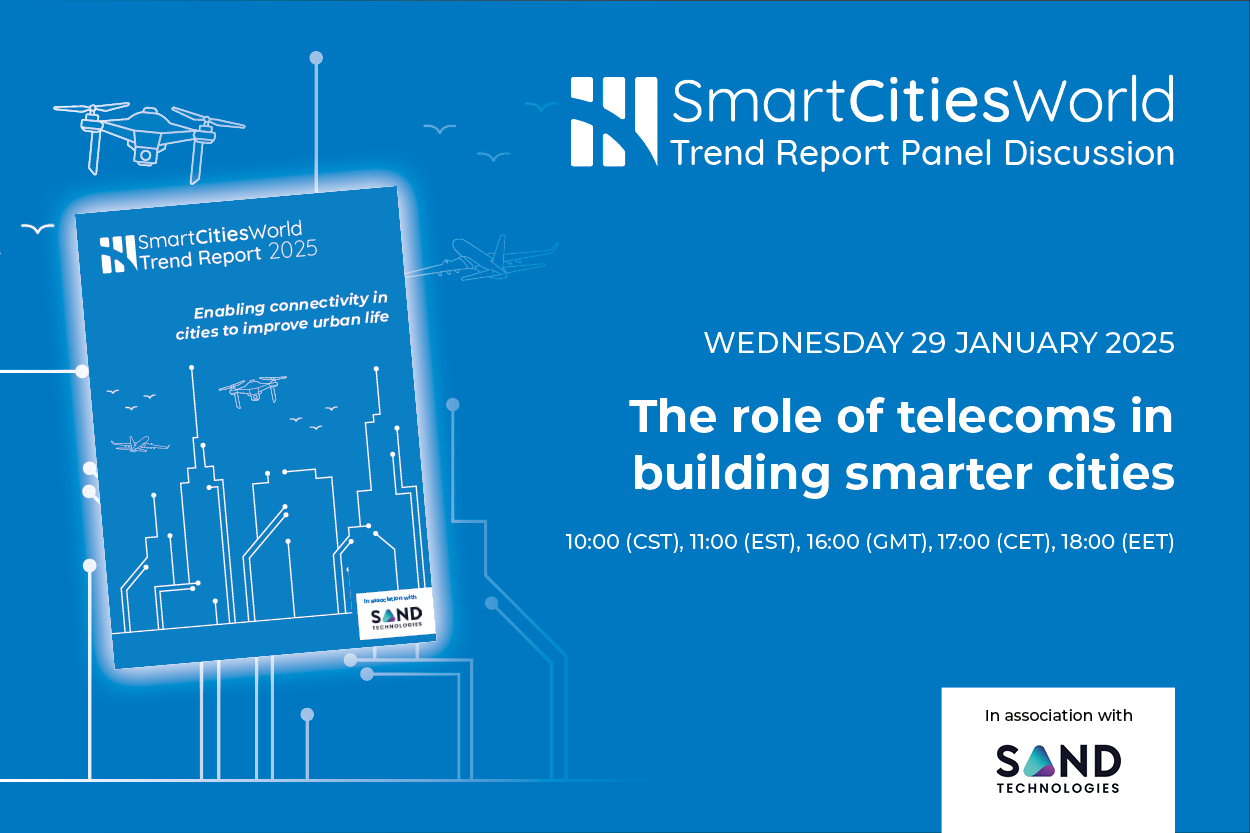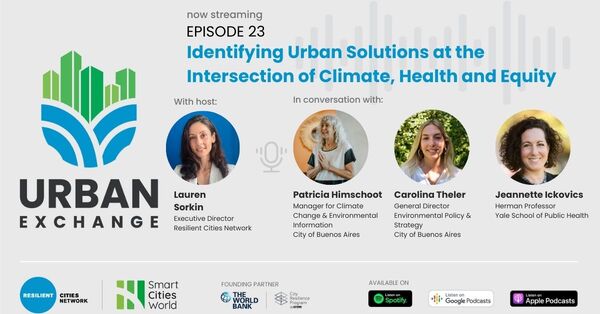Special Reports
SusHi Tech Tokyo 2024: experience ‘Tokyo 2050’ todaySponsored by The SusHi Tech Tokyo 2024 Showcase Program Executive Committee
What is ‘Smart City’ and why do we need them?
‘Smart City’ is becoming a repetitive everyday word in all outlet news, especially in the post-pandemic world. More than ever a drive towards becoming smarter, greener, more sustainable has resonated in our daily news and lives. Many people talk about it, but what makes a city ‘smart’? What activities or approaches need to be made in a city to be identified as a ‘smart city’?
The general definition and to put it in simple words, smart city is the framework based on Information and Communication technologies that enable the development of sustainable practices to address the urbanisation challenges. Leveraging the technology is one of the foremost pillars of ‘smart cities’ in order to increase efficiencies and improve the quality of resident’s life and the city’s services.
What about its objectives? The smart city objective is to maximize the use of resources in a city to make everyday life easier and better for people who work and inhabit the city. A massive influx of people towards cities is expected to increase in the next few years. More and more of us are living in cities and McKinsey predicts in one of their reports that by 2050, 2.5 billion new residents will be expected to move to the city. There is an urge now to make cities liveable and smarter for better quality of living.
Data is at the heart of it. The storm of smart technologies is developing in our favour to enable the next wave to plan the future by using the resources wisely. Cities generate an ocean of data, and it begs the question of how to define the word ‘smarter’.
The definition of becoming ‘smarter’ is in perpetual change as cities are becoming smarter by the day. The increase of technological advancements and its quick adoption globally opens the city to more possibilities of using it in their operations. It falls under different areas in the city from public transportation to water management to power supply.. However, the objective of smart city is quite common and is based on the following: enhancing performance and transportation, utilising data, enhancing the citizen quality of life, access to different governmental services, optimising resources, reducing waste, improving consumption and costs, among others.
SmartCitiesWorld categorised these different objectives in five distinct categories to cover current global content resources.
- Connectivity and data
- Governance and Citizen
- Energy and Environment
- Mobility
- Urban Space
Smart city is indeed dependent on the collection of data to enhance city infrastructure projects. Moscow released the catalogue of smart city projects that contains resource information on 68 smart city projects and public data sets to facilitate city infrastructures. AI technology and machine learning is also a core element in the connectivity of the city. For example, smart sensors planted in our cities to detect, track, and classify vehicles, pedestrians and cyclist will definitely improve the traffic management in our cities.
The interplay between the government and the citizen is crucial to provide citizen engagement, inclusivity, and security for residents. In smart cities, the right of citizen to participate in information exchange is important. For instance, the Edinburgh government committing to becoming sustainable food city is a reflection of a move towards a greener, liveable city that responds to the climate emergency plan. On a global scale, addressing the climate issue and helping deliver net-zero, Arup and C40 urges neighbourhoods to use 15 minute city principle. Developing neighbourhood and relying on local amenities can be a catalyst for change responding to the vision of low carbon future.
It also depends on relying on different mode of transportation like the micro mobility electric vehicles and autonomous vehicles that enable efficient logistic network and reduces emission. Earlier this year, Dubai established the World’s longest driverless metro that expands travel options linking different metro stations. This is an excellent example of smart city development that enhances connectivity and smart mobility in the city. Moving towards smart mobility is at the core of smart city development, such as Seoul Government aiming to deliver 270,00 electric vehicles for public transportation by 2050, Boston plans bike-share expansion, City of Pescara launching a fleet of 100 MiMoto electric mopeds. Globally, cities are in race towards NetZero, reducing emission and relying on local resources and amenities to fight the climate change and global warming issues.
Addressing the climate change issues is of the core missions of SmartCitiesWorld, where we took initiative in putting forward 10 principles that should be reflected in the COP26 agreement. This Open letter with 10 principles shed a light on the critical role of cities in delivering a sustainable future by having full support of national government. ‘Remember, at COP26, while nations pledge, it will be cities that must deliver.’


















